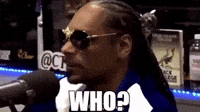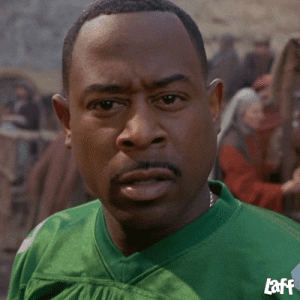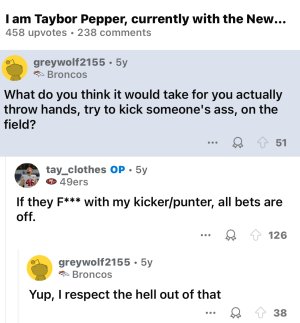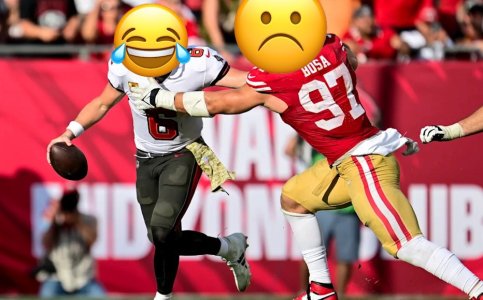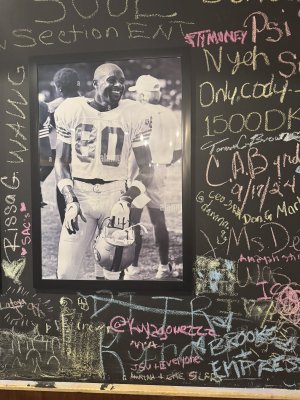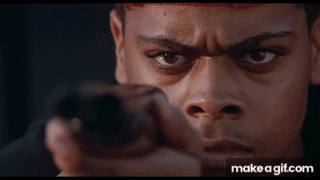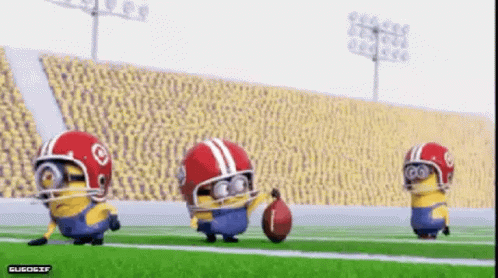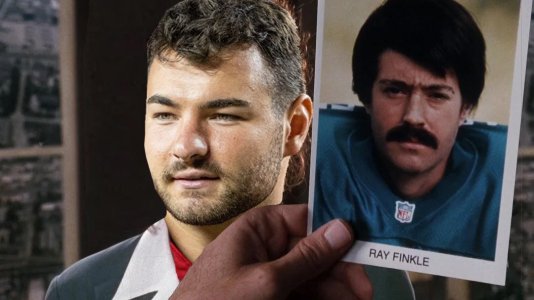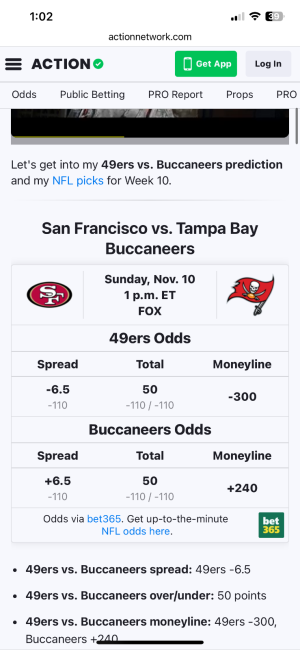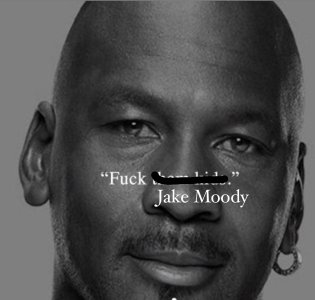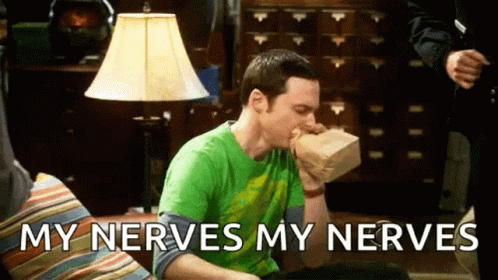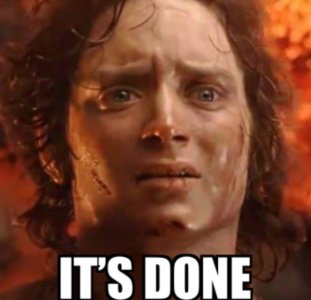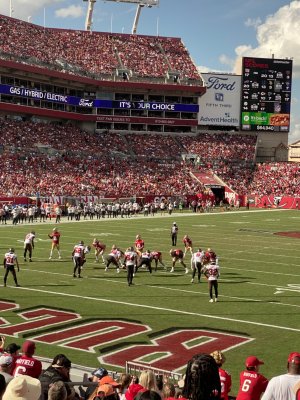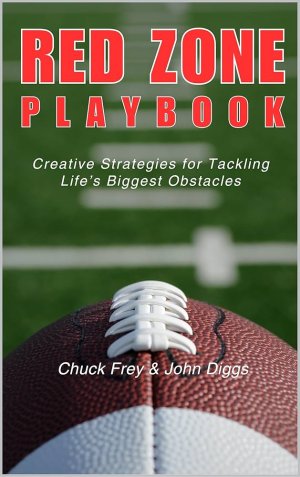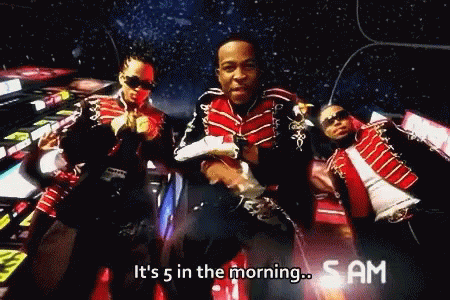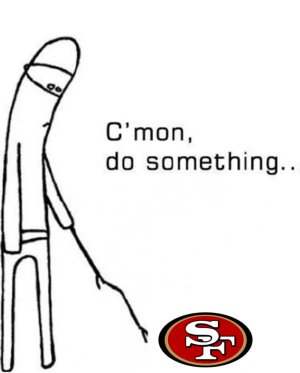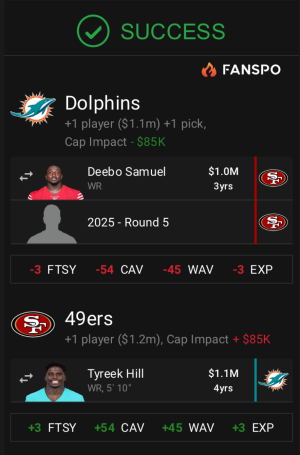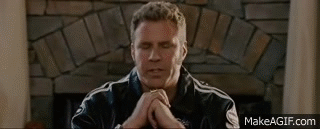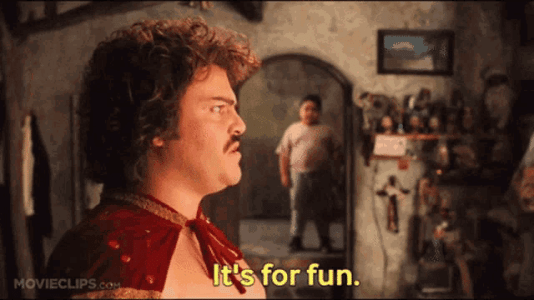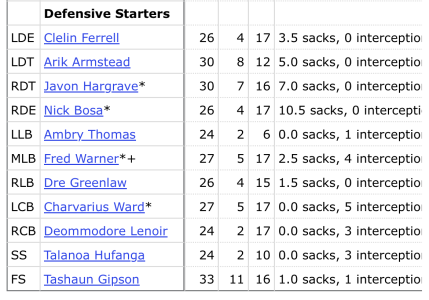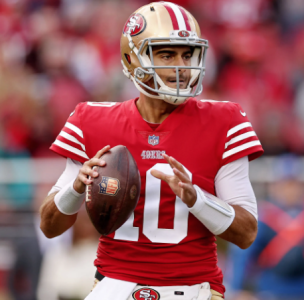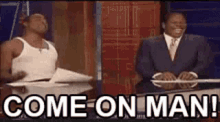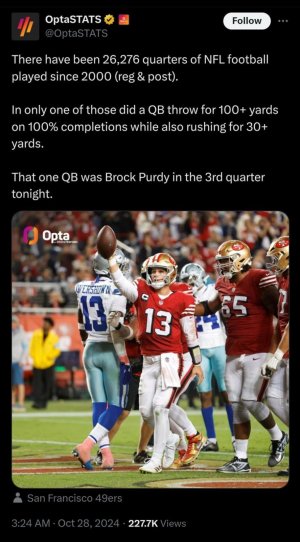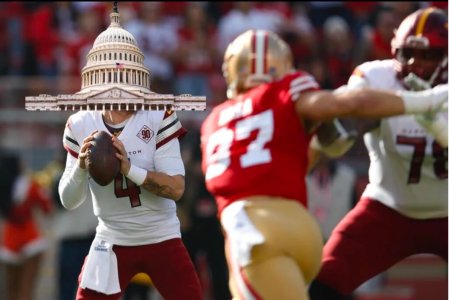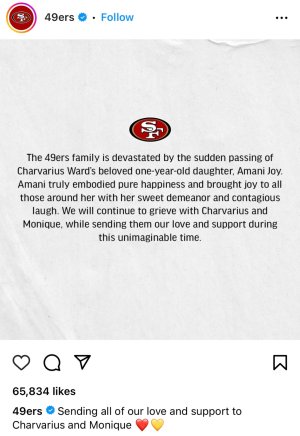[h1]
Analysis Notebook: Week 11[/h1]
Sam Monson | November 19, 2014
 Share by Email
Share by Email

Without
Patrick Willis and
NaVorro Bowman you would think the San Francisco 49ers would be left struggling at inside linebacker, but the emergence of Chris Borland means they look as strong as ever at the position. Borland has been a tackling machine and looks like a draft steal given he was selected in the third round.
Right now Borland reminds me of
Luke Kuechly – a tackling machine with outstanding instincts and a nose for the football – and though it is early days he is already impressing me more than Kuechly ever has. He might remind me a lot of Kuechly, but I think he may be a better player, and given that Kuechly is currently sitting atop the PFF inside linebacker rankings that is no small praise.
Playing linebacker in the NFL is a tough gig, especially inside. You need to be adept at a multitude of different skills and Borland so far looks to be on top of them all.
- Linebackers need to be able to read the play quickly in order to exploit gaps in the blocking and make plays unblocked.
- Linebackers need to be able to take on and defeat the lead blocks of full backs and tight ends in the run game.
- Linebackers need to be able to take on and defeat the blocks of offensive linemen making it to the second level.
- Linebackers need to be conscious of players coming out of the backfield in coverage and close quickly to limit dump-off yardage.
- Linebackers need to be able to recognise route combinations and cover weapons like Jimmy Graham split out into the slot.
- Linebackers need to be able to read the quarterback and break on the ball across the middle.
- Linebackers need to be able to drop deep down field and play coverage like a defensive back.
So far Borland has earned a tick in the box and shown outstanding skills in all but the final category, and that’s only because he really hasn’t been tested yet in that area. He has only been targeted once further than 10 yards down field and though he read it well and was in reasonable position he was beaten by
Reuben Randle, so we’ll call that particular category an incomplete grade and focus on the others.
Let’s take a look at a play in the most recent game against the Giants. It’s relatively easy for linebackers to make plays unblocked. It still requires good read and react skills, and the speed to make it happen, but the league is full of players that can make those plays. What separates those guys from the really good linebackers is how they play when they have to deal with a blocker along the way. The bigger the blocking obstacle generally speaking the tougher a time linebackers have dealing with them. The biggest of them all are offensive linemen.
One of the biggest criticisms people tend to have about linebackers is that they struggle when linemen get hands on them at the second level. It’s a valid criticism but it applies to almost all linebackers. Even top linebackers have difficulty dealing with untouched offensive linemen getting their hands on them, and it’s only really the very best guys that can consistently make plays despite their attention. That’s why plays like this are so encouraging for Borland, especially given his perceived relative lack of size:

Despite the centre coming cleanly right at him Borland is able to read the run through the big body in his way, quickly shed him and make the tackle. The running back ends up with a half way decent gain, but if Borland wasn’t able to command the block from the centre then Jennings was gone into the secondary and would have been a broken tackle away from taking it the distance.
How about dealing with lead blocks instead?

Here Borland has a large gap and a lead block from FB
Erik Lorig to deal with. He attacks the block with speed and power, but most importantly gets him away from his body in the contact, enabling him to react to the running back and make the tackle. Too many linebackers would have just attacked this block and been satisfied with standing the blocker up in the hole and allowing the running back to adjust behind it, squeezing the hole but not actually affecting the run too badly on a play like this where the hole was so large.
Borland wasn’t intent on just disrupting the play, but actually killing it himself.
The past few games also show numerous other plays of Borland destroying the run through both blockers and unblocked, but let’s turn our attention to coverage.
Coverage is obviously an important part of being an NFL linebacker. The league is a passing league and more than ever linebackers are being asked to cover players that would be touch mismatches for players whose primary responsibility is coverage, let alone players who need to think about the run as well.
Jimmy Graham is the very definition of these tough matchups. Against the Saints Borland was tasked with covering Graham on multiple occasions. This alone is noteworthy since plenty of teams this season have abandoned covering Graham with linebackers at all and kept a defensive back on him all game long.

Here Borland has the middle of the field but quickly reads the route combination from the Saints and understands that he is going to be left covering Graham on a quick out pattern as the other coverage defenders will be drawn outside. Any kind of hesitation in this reaction gives Graham the ball with a bit of space to work with and room to run into, but Borland fires himself at it like a missile.

He is moving towards the catch point before Graham has even come out of his break, and well before Brees has cocked to throw the ball. He hits Graham as the ball arrives and limits the Saints to a short gain with no yards after the catch.
This might be my favorite aspect of Borland’s play. He doesn’t just react quickly and move early, but it’s where he moves to that is most impressive. His instinct for the correct angles to take is fantastic and a skill that many players don’t have. All too often you’ll see players read the play soon enough, recognise the danger, but take off to the wrong spot. Take this play again against the Saints.

Borland is sitting in a zone in the middle of the field. He sinks to a landmark that will squeeze any throwing window to slot receiver
Marques Colston, but then recognises the pivot route from RB
Travaris Cadet out of the backfield. This kind of pivot route is a linebacker killer, routinely leaving them over pursuing in coverage to the outside, and that’s without the added threat of another route to think about. At the point Cadet cuts back inside and Borland reads the play I would actually expect him to be beaten, but the angle he takes to the play is fantastic and enables him to make it. He breaks directly towards Brees, matching almost perfectly the trajectory of the pass once it’s released, meaning he arrives at the catch point and not a spot Cadet used to be.
This play is usually a certain win for the defense but the speed and angle that Borland attacks it with means the reception actually loses yards on third down, forcing the Saints to take a field goal instead of extend the drive into the red zone.
Chris Borland is a tackling machine, but there is so much more to his game.

Right now he sits second in the PFF inside linebacker rankings behind only Luke Kuechly, but having played just 270 snaps to Kuechly’s 734. The two players share a lot in common, including hype, but Borland looks to have a far higher ceiling in my eyes, and makes it a very interesting decision for the 49ers who will have three impressive inside linebackers when everybody gets healthy.






 Share by Email
Share by Email











